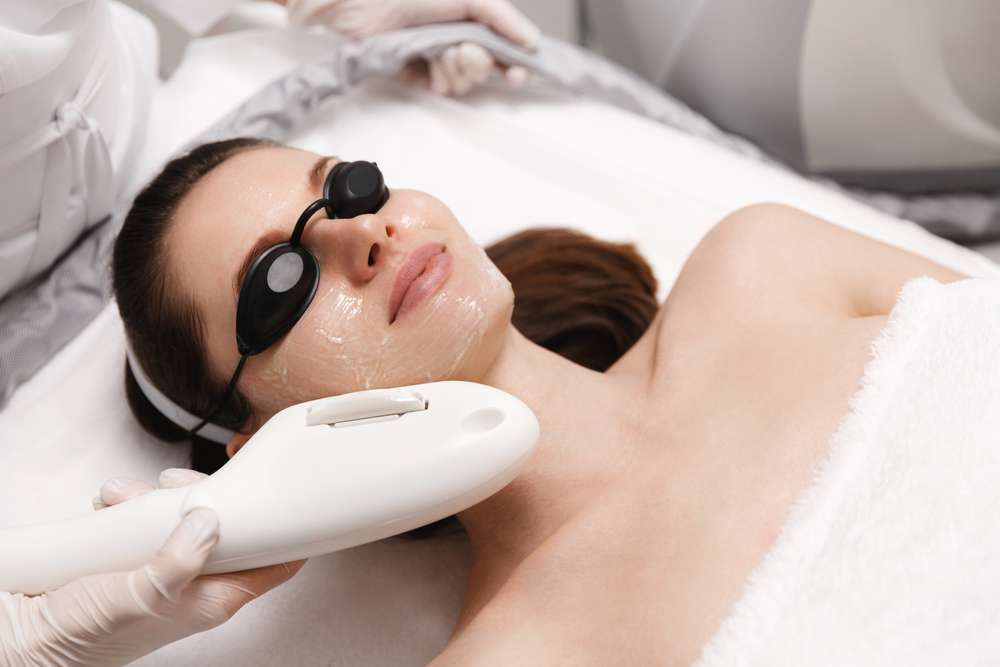Rediscover Youthful Skin: Complete Rejuvenation Guide
Explore how modern skin rejuvenation restores radiance and resilience. This comprehensive guide explains how treatments—from lasers and radiofrequency to chemical peels and microneedling—stimulate collagen, refine texture, reduce pigmentation, and revive a youthful complexion. Learn what to expect in-clinic, realistic durations of results, common risks, and the most popular procedures to help you choose the right approach for healthier, smoother skin.

Skin rejuvenation is about more than appearance; it targets the biological factors that keep skin healthy and resilient. By promoting collagen and elastin production, many treatments strengthen the skin’s architecture, improving firmness and reducing fine lines. Procedures that remove surface debris like chemical peels and microdermabrasion clear away dead cells, reduce pore congestion, and create a smoother, more even surface. Taken together, these approaches can improve texture, even out tone, minimize scars and pigmentation, and enhance overall skin function.
How skin rejuvenation supports long-term skin health
Effective rejuvenation therapies focus on stimulating the skin’s natural repair mechanisms. Collagen and elastin are central to youthful skin: boosting their production restores elasticity and volume, which softens wrinkles and supports contour. Exfoliative treatments encourage cellular turnover, helping to fade sunspots and improve clarity. Some noninvasive modalities also enhance blood flow and lymphatic drainage, delivering nutrients and supporting detoxification. Over time, this combination of structural reinforcement and surface renewal contributes to a healthier, more robust skin barrier that resists environmental damage more effectively.
What to expect during a clinical treatment
A typical clinic visit begins with a full consultation. A practitioner will evaluate your skin type, medical history, and cosmetic goals, then create a tailored plan—sometimes combining modalities for a better outcome. During treatment you may feel sensations from gentle tingling to sharper stinging, depending on intensity and device used. Many clinics offer topical anesthetics, cooling devices, or other comfort measures to reduce pain. Session lengths differ widely: quick laser or light therapies can take only 15–30 minutes, while deeper resurfacing or combination procedures may last an hour or more. Aftercare instructions are provided and can include sun avoidance, gentle cleansing, moisturizers, and sometimes antiviral or antibiotic prophylaxis when indicated.
Typical durability of results
Longevity varies by approach. Superficial procedures such as light chemical peels or microdermabrasion often produce visible improvements within days and can last weeks to a few months. Moderate treatments like microneedling or IPL generally yield results that persist for several months and may require maintenance sessions. Deeper interventions—fractional laser resurfacing or radiofrequency-based tissue remodeling—tend to deliver longer-lasting changes, potentially a year or longer, because they trigger more substantial collagen remodeling. Still, skin continues to age; maintaining outcomes usually requires periodic follow-ups and a consistent home skincare routine that includes sun protection, topical antioxidants, and retinoids when appropriate.
Potential risks and considerations
When performed by experienced professionals, skin rejuvenation is generally safe, yet all procedures carry some risk. Short-term side effects commonly include redness, swelling, tenderness, and peeling, which typically resolve within days to weeks. More aggressive treatments increase recovery time and raise the chance of complications such as infection, scarring, or post-inflammatory hyperpigmentation. People with active skin infections, certain chronic skin conditions, or a history of keloids may not be suitable candidates for particular procedures. A careful pre-treatment assessment and strict adherence to pre- and post-care instructions reduce risk and improve outcomes.
Popular skin rejuvenation options and how they differ
Different treatments target distinct concerns; selecting the right one depends on your skin type, goals, budget, and tolerance for downtime. Many clinics recommend combining methods to address multiple layers of skin aging and damage for a more comprehensive result.
| Treatment | Primary Benefits | Average Cost Range |
|---|---|---|
| Fractional Laser Resurfacing | Reduces fine lines, wrinkles, and scars; improves texture | $1,000 - $5,000 per session |
| Chemical Peels | Evens skin tone, refines texture, fades pigmentation | $150 - $3,000 per session |
| Microneedling | Stimulates collagen, improves scars and pore appearance | $200 - $700 per session |
| IPL Therapy | Treats redness, sunspots, and uneven pigmentation | $400 - $1,500 per session |
| Radiofrequency Treatments | Tightens skin and reduces laxity | $1,000 - $4,000 per session |
Prices, rates, or cost estimates mentioned in this article are based on the latest available information but may change over time. Independent research is advised before making financial decisions.
Choosing the right path and managing expectations
Discuss realistic outcomes, recovery time, and costs with your provider. For many people, a plan that mixes in-office procedures with a targeted home-care regimen produces the best and most sustainable results. Lifestyle factors—sun exposure, smoking, diet, sleep, and stress—also influence both the effectiveness and the longevity of treatments, so addressing those areas will help protect your investment. Ask to see before-and-after photos from the clinic, inquire about the provider’s training and experience, and request a clear aftercare protocol.
By understanding how each procedure works, what to expect during and after treatment, and the typical timeline of results, you can make an informed decision that aligns with your goals. Properly selected and executed skin rejuvenation can restore a healthier, more radiant complexion while strengthening your skin for the future.
This article is for informational purposes only and should not be considered medical advice. Please consult a qualified healthcare professional for personalized guidance and treatment.






